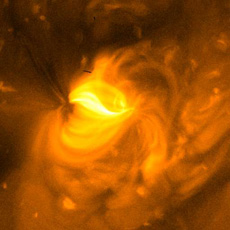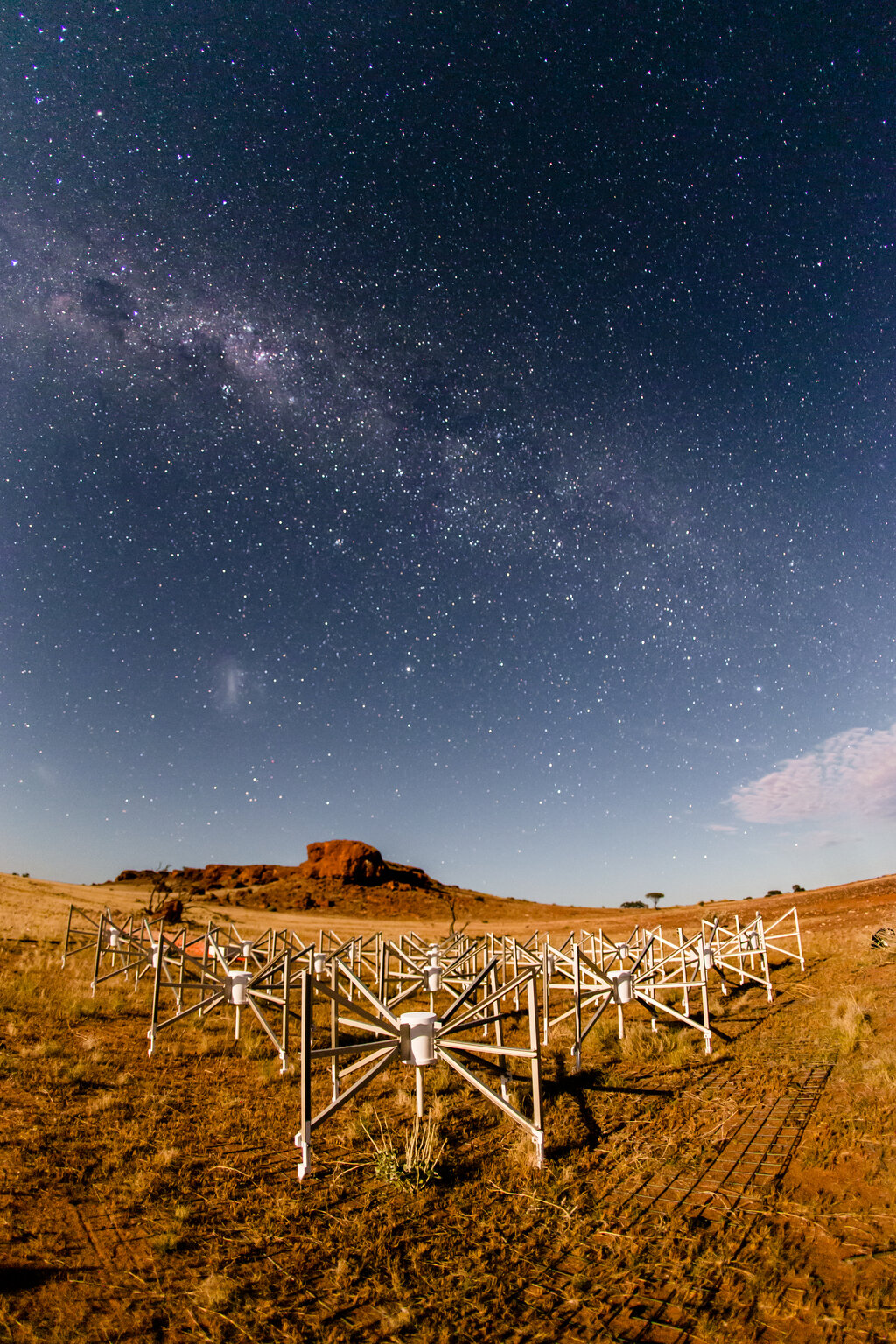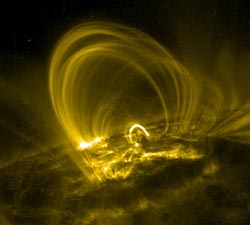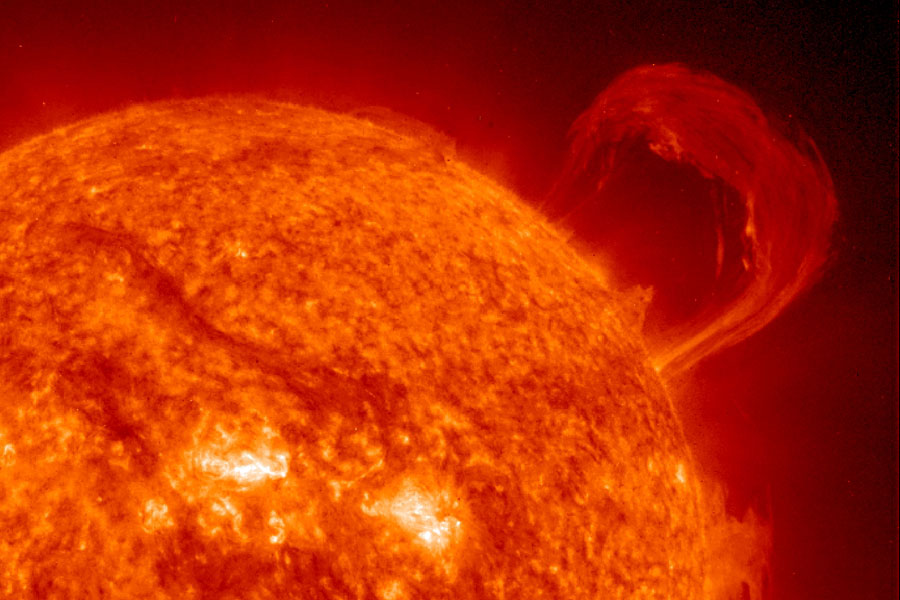

- Gas of sun corona full#
- Gas of sun corona tv#

The sun's magnetic fields rise through the convection zone and erupt through the photosphere into the chromosphere and corona.
and the corona (the Sun's outer atmosphere.).īeyond the corona is the solar wind, which is actually an outward flow of coronal gas. In 1942, the Swedish scientist Hannes Alfvén proposed an explanation.He theorized that magnetized waves of plasma could carry huge amounts of energy along the Sun’s magnetic field from its interior to the corona, bypassing the photosphere before exploding with heat in the Sun’s upper atmosphere. a transition region (a thin and very irregular layer of the Sun's atmosphere that separates the hot corona from the much cooler chromosphere),. the chromosphere (an irregular layer above the photosphere where the temperature rises from 6000☌ to about 20,000☌),. the photosphere (the visible surface of the Sun),. and the convection zone (the outer-most layer of the solar interior extending from a depth of about 200,000 km to the visible surface where its motion is seen as granules and supergranules. the radiative zone (extends outward from the outer edge of the core to base of the convection zone, characterized by the method of energy transport - radiation),. These reactions release the energy that ultimately leaves the surface as visible light. While the sun’s surface is around 10,340 degrees Fahrenheit, the corona, which extends high above the sun’s surface and into space, sports temperatures of around 4 million degrees, and can.  the core (the central region where nuclear reactions consume hydrogen to form helium. From the inside out, the solar interior consists of: It will also gradually raise its orientation to view the Sun’s previously unobserved polar regions.The sun and its atmosphere consist of several zones or layers. It is also recording data on the solar wind of particles that flows outwards from the Sun.Īnd this is just the start, over the coming years the spacecraft will repeatedly fly this close to the Sun. The spacecraft is now inside the orbit of Mercury, the inner planet, taking the highest resolution images of the Sun it can take. The final layer of the sun is the Corona. It is made up of 91 per cent hydrogen, and 8.9 per cent helium. On 26 March, Solar Orbiter reaches another mission milestone: its first close perihelion. The Sun is a massive ball of plasma, which is super-hot gas. This will make it easier to compare results from different instruments and observatories in future. The ordinary solar spectrum is produced by the photosphere during an eclipse the brilliant photosphere is blocked out by the Moon and three objects are visible: (1) a thin, pink ring around the edge of the Sun called the chromosphere, (2) a pearly, faint halo extending a great distance, known as the corona, and (3) pink clouds of gas called prominences suspended above the surface. The images were taken on 7 March, precisely when Solar Orbiter crossed the Sun-Earth line, so the images can be compared with Earth-bound solar instruments and cross-calibrated. Investigating this mystery is one of the key scientific objectives of Solar Orbiter. But above the Sun, the corona reaches a million degrees Celsius whereas the surface is only about 5000☌. Usually the temperature drops as you move away from a hot object. These ‘prominences’ are prone to erupt, throwing huge quantities of coronal gas into space and creating ‘space weather’ storms. of the Sun corona - the superhot region where the solar wind originates. This reveals the Sun’s upper atmosphere, the corona, which has a temperature of around a million degrees Celsius.Īt the 2 o’clock (near the image of the Earth for scale) and 8 o’clock positions on the edges of the Sun, dark filaments can be seen projecting away from the surface. The Sun is a self-luminous ball of gas held together by its own gravity and.
the core (the central region where nuclear reactions consume hydrogen to form helium. From the inside out, the solar interior consists of: It will also gradually raise its orientation to view the Sun’s previously unobserved polar regions.The sun and its atmosphere consist of several zones or layers. It is also recording data on the solar wind of particles that flows outwards from the Sun.Īnd this is just the start, over the coming years the spacecraft will repeatedly fly this close to the Sun. The spacecraft is now inside the orbit of Mercury, the inner planet, taking the highest resolution images of the Sun it can take. The final layer of the sun is the Corona. It is made up of 91 per cent hydrogen, and 8.9 per cent helium. On 26 March, Solar Orbiter reaches another mission milestone: its first close perihelion. The Sun is a massive ball of plasma, which is super-hot gas. This will make it easier to compare results from different instruments and observatories in future. The ordinary solar spectrum is produced by the photosphere during an eclipse the brilliant photosphere is blocked out by the Moon and three objects are visible: (1) a thin, pink ring around the edge of the Sun called the chromosphere, (2) a pearly, faint halo extending a great distance, known as the corona, and (3) pink clouds of gas called prominences suspended above the surface. The images were taken on 7 March, precisely when Solar Orbiter crossed the Sun-Earth line, so the images can be compared with Earth-bound solar instruments and cross-calibrated. Investigating this mystery is one of the key scientific objectives of Solar Orbiter. But above the Sun, the corona reaches a million degrees Celsius whereas the surface is only about 5000☌. Usually the temperature drops as you move away from a hot object. These ‘prominences’ are prone to erupt, throwing huge quantities of coronal gas into space and creating ‘space weather’ storms. of the Sun corona - the superhot region where the solar wind originates. This reveals the Sun’s upper atmosphere, the corona, which has a temperature of around a million degrees Celsius.Īt the 2 o’clock (near the image of the Earth for scale) and 8 o’clock positions on the edges of the Sun, dark filaments can be seen projecting away from the surface. The Sun is a self-luminous ball of gas held together by its own gravity and. Gas of sun corona tv#
For comparison, this image has a resolution that is ten times better than what a 4K TV screen can display.ĮUI images the Sun at a wavelength of 17 nanometers, in the extreme ultraviolet region of the electromagnetic spectrum. In total, the final image contains more than 83 million pixels in a 9148 x 9112 pixel grid.

Gas of sun corona full#
Taken one after the other, the full image was captured over a period of more than four hours because each tile takes about 10 minutes, including the time for the spacecraft to point from one segment to the next. The high-resolution telescope of EUI takes pictures of such high spatial resolution that, at that close distance, a mosaic of 25 individual images is needed to cover the entire Sun. The 1 left over is taken up by planets, asteroids, moons and other matter. This is so big it is hard to imagine, but it would take more than one million Earths to fill the size of the Sun The Sun is so big it takes up 99 of the matter in our solar system. The images were taken when Solar Orbiter was at a distance of roughly 75 million kilometres, half way between our world and its parent star. The Sun is 870,000 miles (1.4 million kilometers) across.








 0 kommentar(er)
0 kommentar(er)
